What we learned from Apple’s Worldwide Developers Conference
Software updates in the spotlight at company’s annual tech keynote
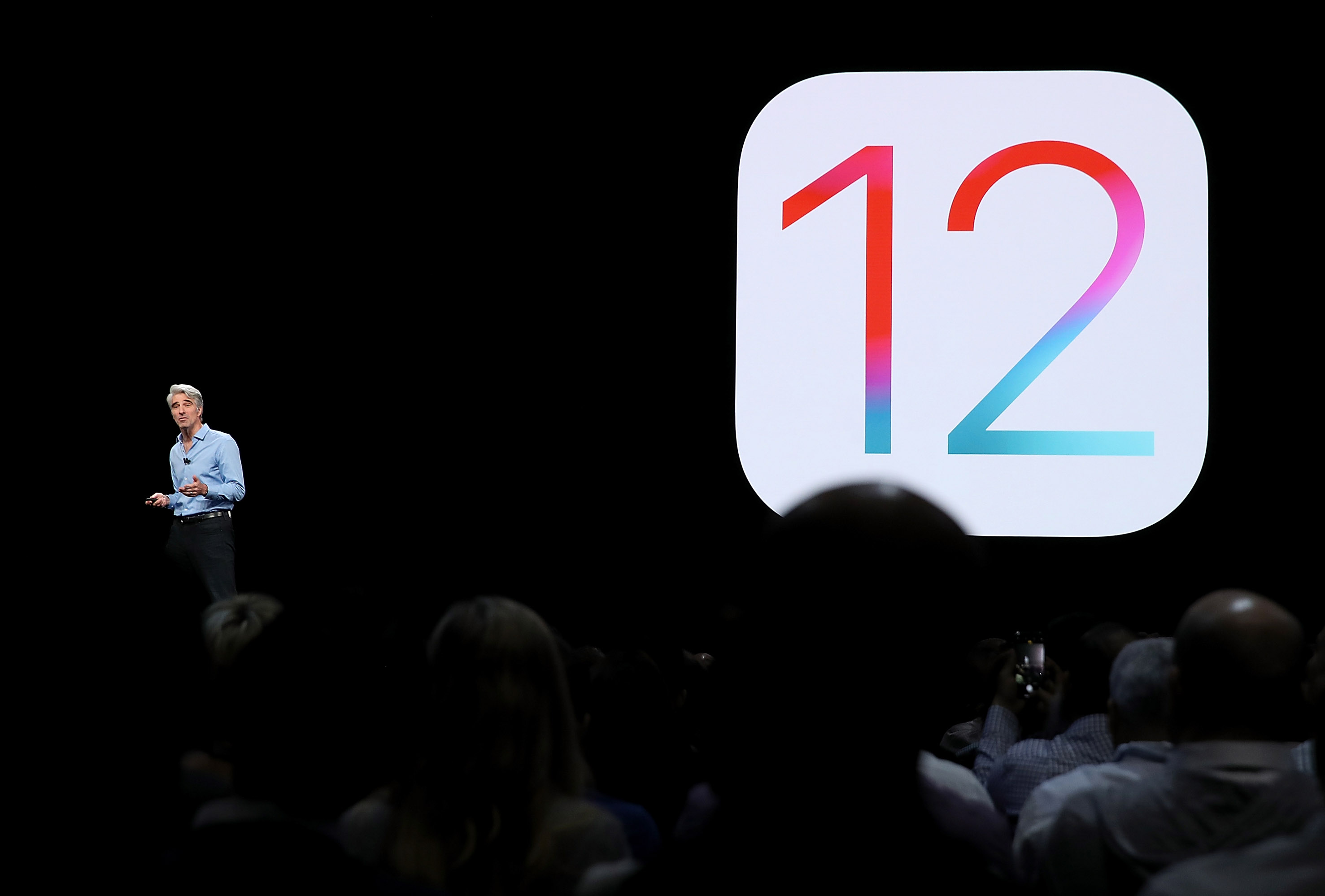
Apple kicked off its annual Worldwide Developers Conference in California yesterday by unveiling a series of new features for its computers and portable devices.
The Cupertino-based tech giant announced new versions of its iOS operating system for smartphones and its macOS system for computers, along with software updates for the Apple Watch and Apple TVs.
Hardware products, such as new iPhones and computers, were off the cards at the conference, or WWDC. However, Apple often unveils this sort of thing at an event that falls in either September or October.
The Week
Escape your echo chamber. Get the facts behind the news, plus analysis from multiple perspectives.

Sign up for The Week's Free Newsletters
From our morning news briefing to a weekly Good News Newsletter, get the best of The Week delivered directly to your inbox.
From our morning news briefing to a weekly Good News Newsletter, get the best of The Week delivered directly to your inbox.
Here are the highlights from yesterday’s conference:
iOS 12 will speed up old phones
Apple came under fire last December after tech watchdog Geekbench discovered that the firm designed the iPhone 6, 6S, 7 and SE to slow down as the smartphones’ batteries deteriorate.
Although Apple cut the price of battery replacements for the affected handsets, the company has found a way to boost the performance of its old handsets with its iOS 12 mobile software, expected to launch later this year.
A free daily email with the biggest news stories of the day – and the best features from TheWeek.com
To give an example, an old iPhone 6S running iOS 12 will be capable of launching apps 40% faster, open the keyboard 50% faster, and take photos from the lock screen 70% faster, compared with the same phone running iOS 11, says Wired.
The tweaks shouldn’t reduce battery performance significantly either, because the software only ramps up the mobile’s processing power when it is needed.
Apple takes aim at Facebook
Privacy has been a hot topic for tech firms following the row about Cambridge Analytica, the consulting firm allowed access to the personal information of up to 87 million Facebook users.
At WWDC, Apple announced that it would be taking extra measures to prevent websites from tracking its users.
During a presentation of the new Safari web browser, Apple software chief Craig Federighi revealed that the “like” and “share” buttons on Facebook can currently be used to track online activity “whether you click on them or not”, the BBC reports.
The updated web browser will give users an on-screen prompt before accessing social media sites, such as Facebook, allowing them to choose whether they want to share their personal data with the website.
According to The Guardian, the update will also limit a process called “fingerprinting”, where data companies gather information about a web user’s computer.
macOS Mojave gets a new look
A new version of the macOS computer operating system is set to arrive later this year. Apple calls the new system Mojave, or “version 10.4” for tech fans.
The most notable changes include the addition of a “Dark mode”, which “turns the dock, taskbar, and the chrome around your apps into a dark grey”, says The Verge.
The App Store is also “getting a long-overdue redesign”, the tech site says. The new version takes several design cues from the iOS App Store, such as “larger billboards” advertising new apps, and some “editorial content” about the software that is available.
Apple is changing the way that users update their computers, too. Previously, users were required to issue updates through the App Store, but Mac Rumors says this option has now been moved to the system preferences menu.
Walkie-Talkie mode comes to Apple Watch
Rounding off the presentation was a glimpse at the new watchOS 5 software for the Apple Watch. Users can now control podcasts using their smartwatch, either through touch or voice commands via Siri.
There is also a “fun” new feature called Walkie-Talkie mode, which allows two Apple Watch users to talk to each other, says Engadget.
Once permission has been given to be contacted via the feature, the users tap the talk button on their watch’s display to record a voice message. This is then sent to their recipient of choice, who will be “alerted by a vibration” on their Apple Watch.
-
 7 bars with comforting cocktails and great hospitality
7 bars with comforting cocktails and great hospitalitythe week recommends Winter is a fine time for going out and drinking up
-
 7 recipes that meet you wherever you are during winter
7 recipes that meet you wherever you are during winterthe week recommends Low-key January and decadent holiday eating are all accounted for
-
 Nine best TV shows of the year
Nine best TV shows of the yearThe Week Recommends From Adolescence to Amandaland
-
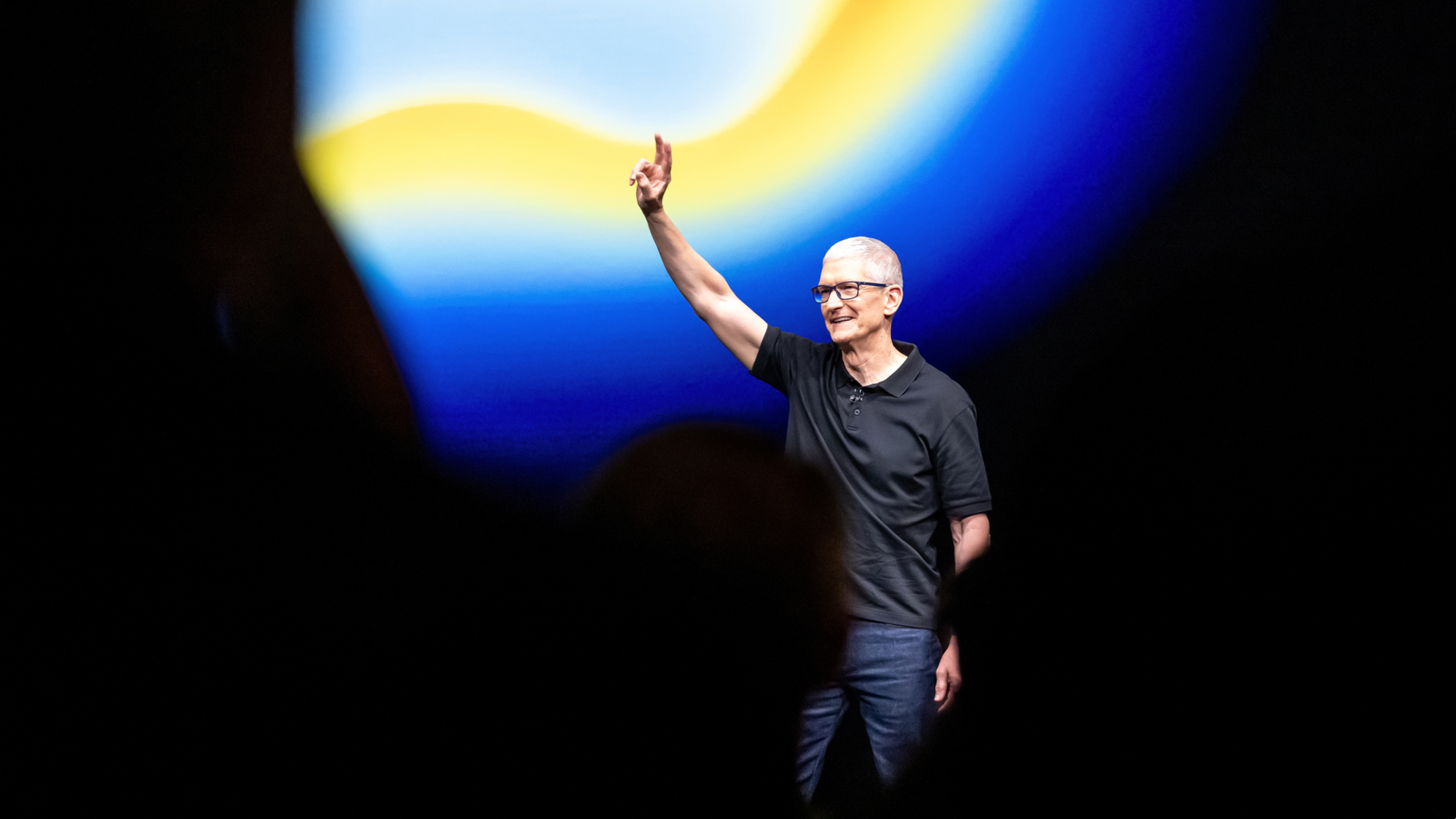 Is Apple’s Tim Cook about to retire?
Is Apple’s Tim Cook about to retire?Today's Big Question A departure could come early next year
-
 iPhone Air: Thinness comes at a high price
iPhone Air: Thinness comes at a high priceFeature Apple’s new iPhone is its thinnest yet but is it worth the higher price and weaker battery life?
-
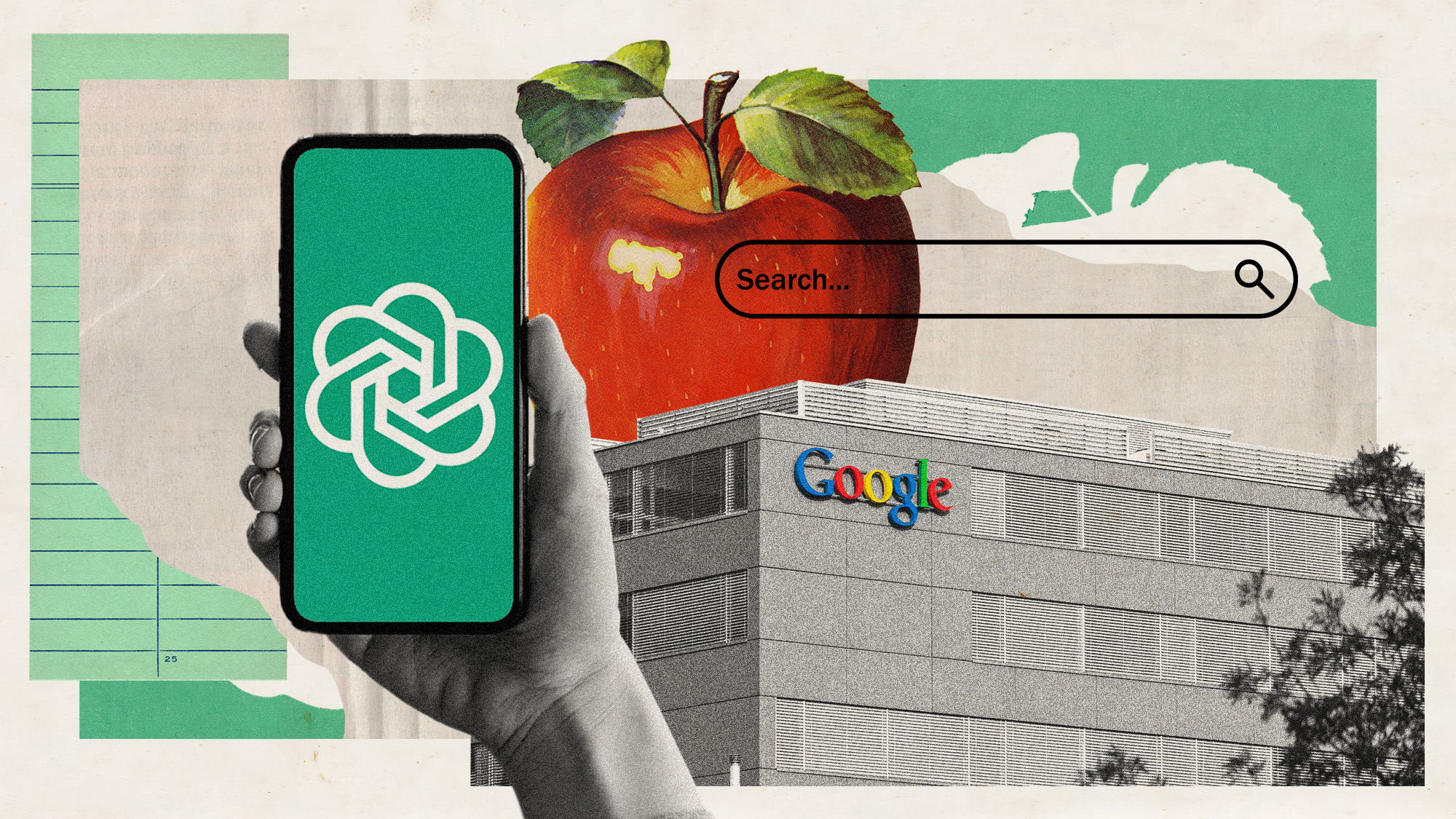 Is Apple breaking up with Google?
Is Apple breaking up with Google?Today's Big Question Google is the default search engine in the Safari browser. The emergence of artificial intelligence could change that.
-
 Why won't Apple make iPhones in America?
Why won't Apple make iPhones in America?Today's Big Question Trump offers a reprieve on tariffs, for now
-
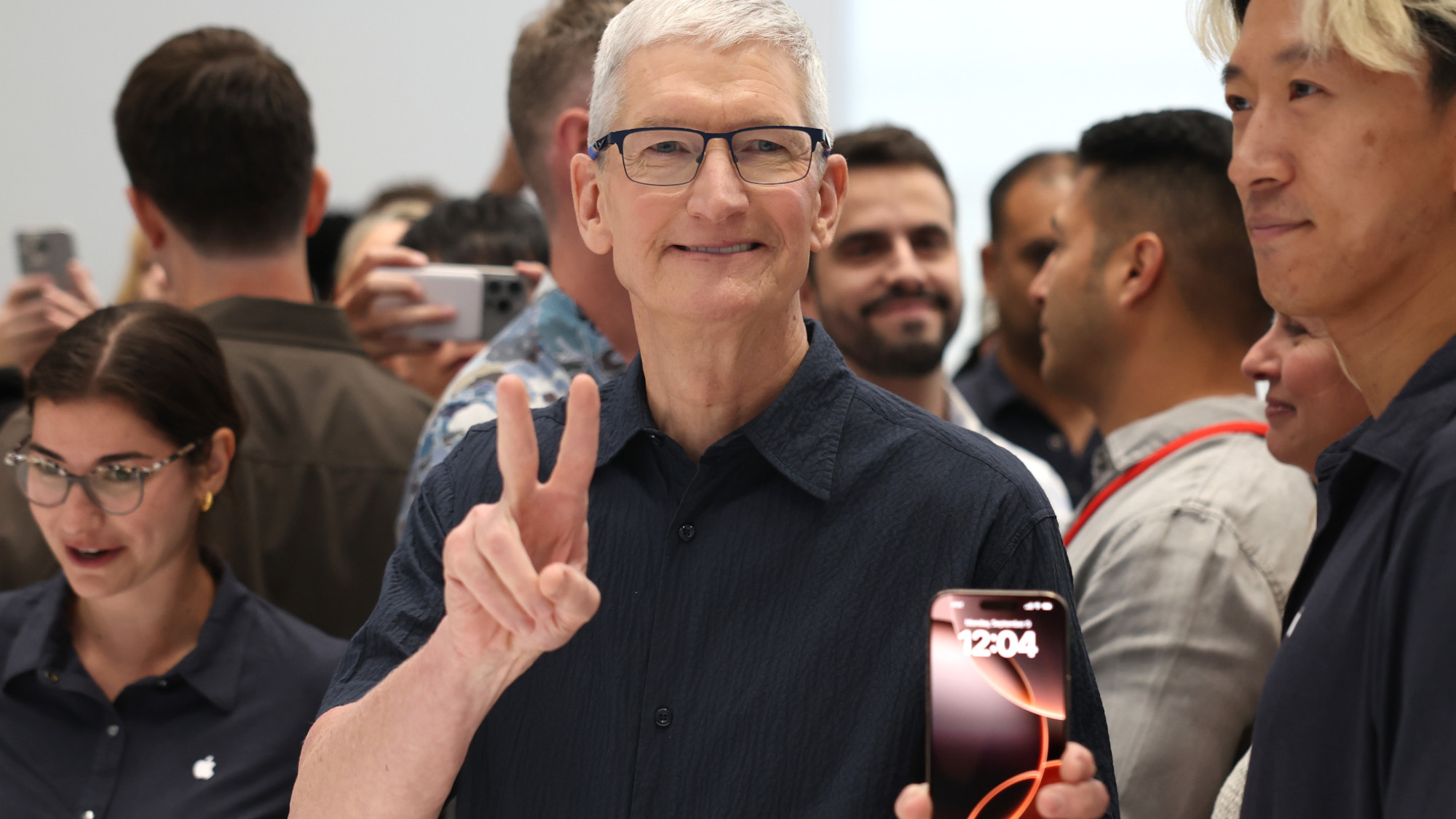 Not there yet: The frustrations of the pocket AI
Not there yet: The frustrations of the pocket AIFeature Apple rushes to roll out its ‘Apple Intelligence’ features but fails to deliver on promises
-
 Space-age living: The race for robot servants
Space-age living: The race for robot servantsFeature Meta and Apple compete to bring humanoid robots to market
-
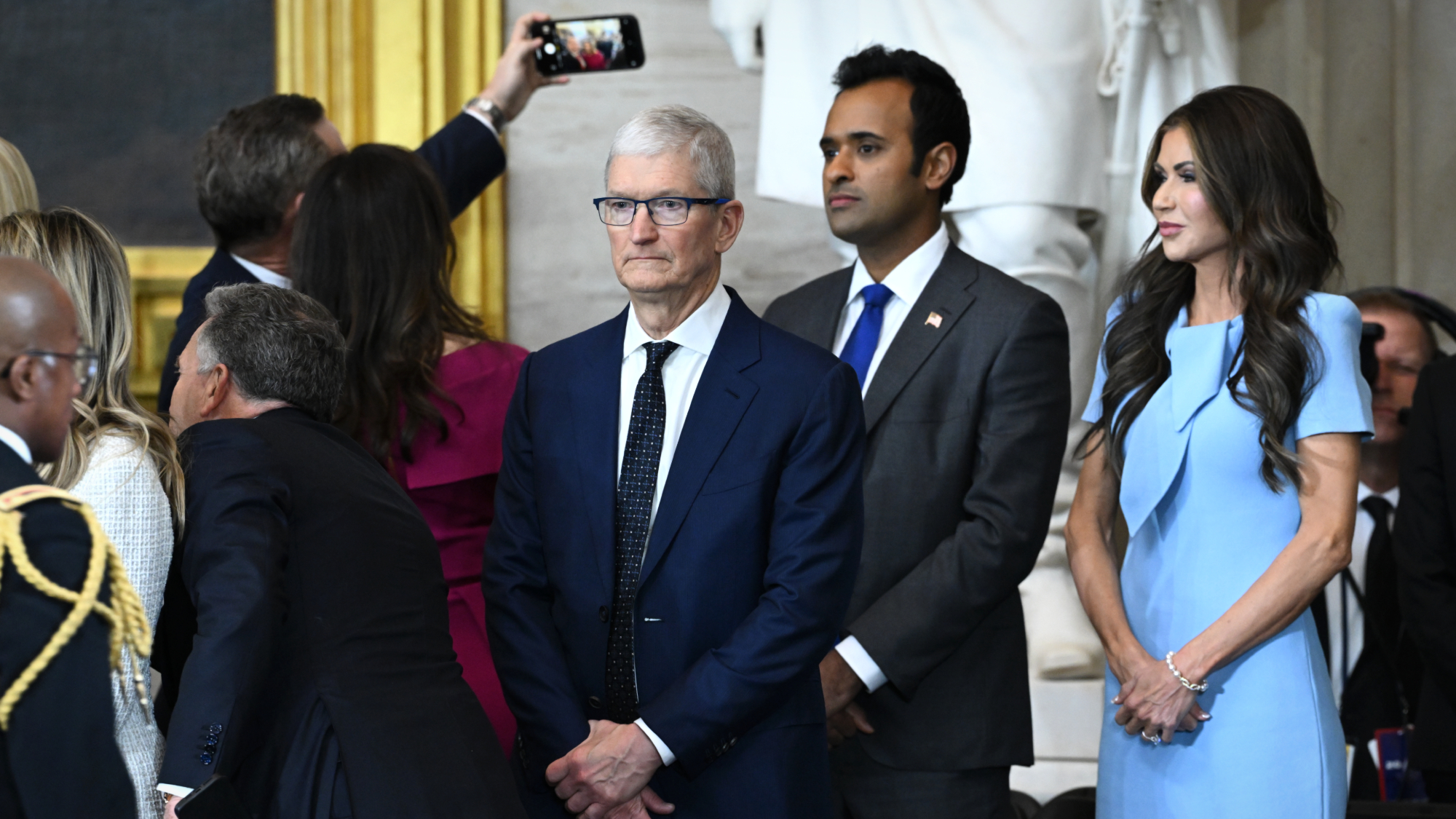 Apple pledges $500B in US spending over 4 years
Apple pledges $500B in US spending over 4 yearsSpeed Read This is a win for Trump, who has pushed to move manufacturing back to the US
-
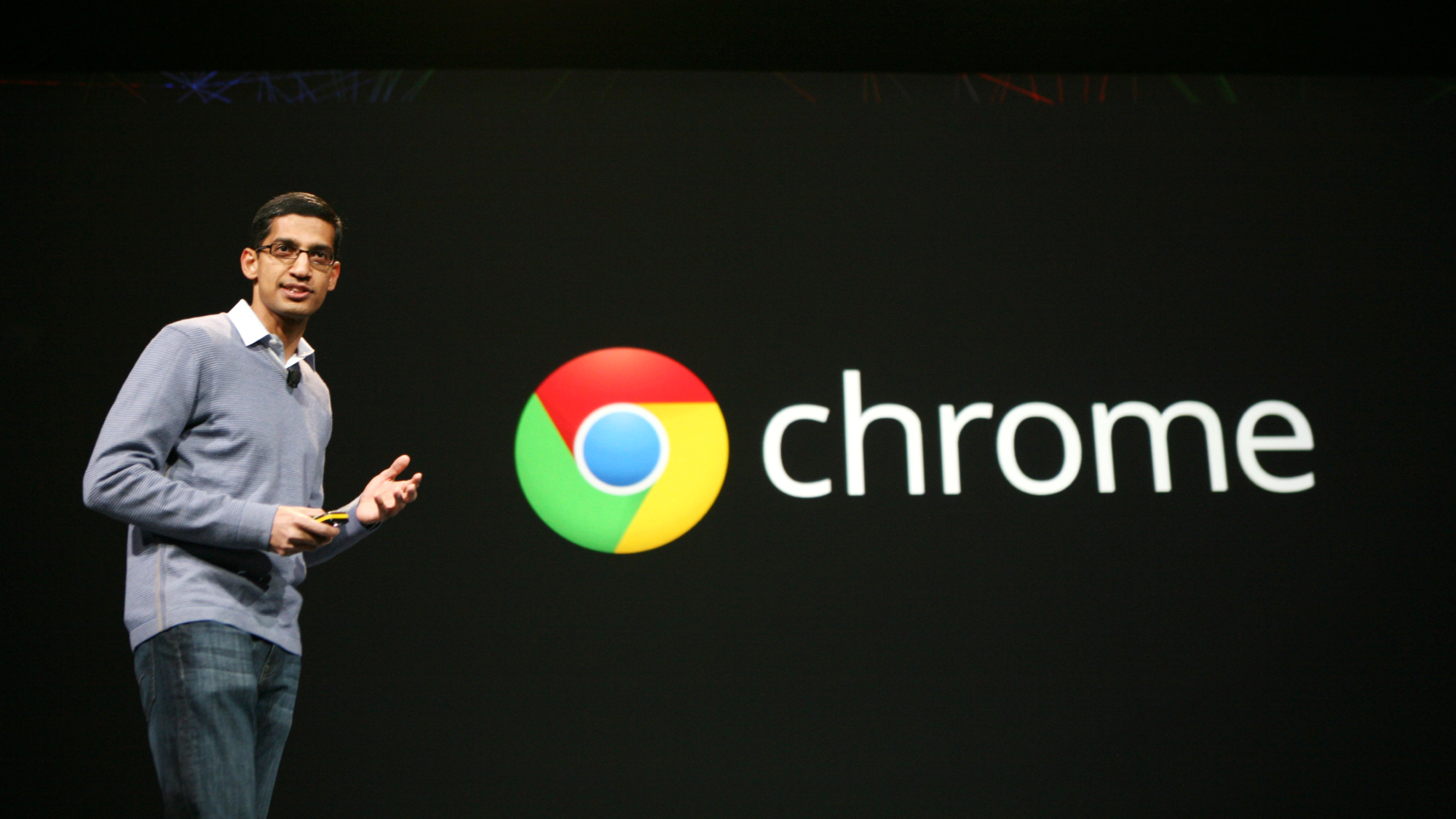 DOJ seeks breakup of Google, Chrome
DOJ seeks breakup of Google, ChromeSpeed Read The Justice Department aims to force Google to sell off Chrome and make other changes to rectify its illegal search monopoly